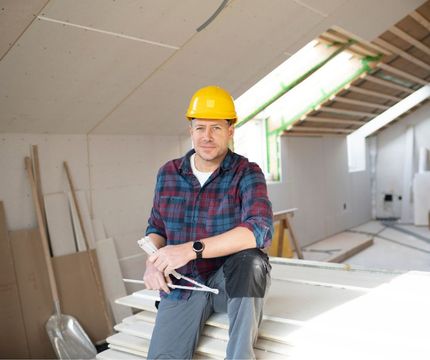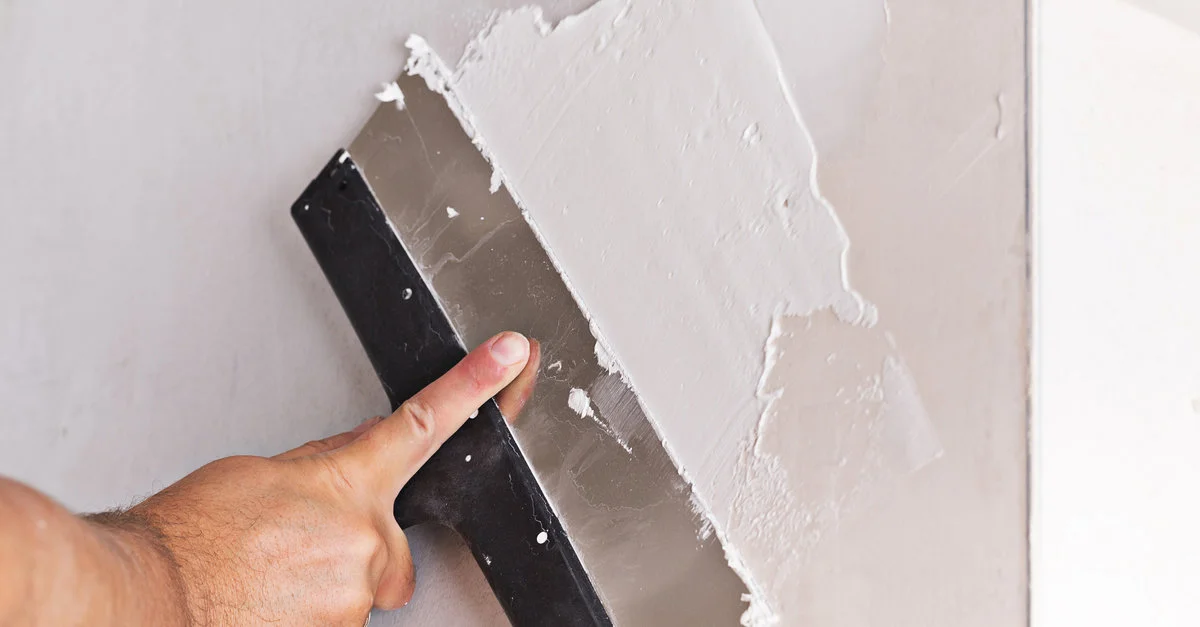Budget Friendly Drywall Repair Options for Your Fort Worth Residential Or Commercial Property
Budget Friendly Drywall Repair Options for Your Fort Worth Residential Or Commercial Property
Blog Article
Drywall Installment Facilitated: Tips for Perfect Outcomes
Drywall installment is usually regarded as a challenging task, yet with the right approach and expertise, it can come to be a workable venture. Picking high quality materials and preparing the installation location are vital primary steps that establish the foundation for success. Moreover, understanding techniques for reducing, hanging, and completing drywall can substantially affect the result. As we explore these crucial pointers, you may discover that even the tiniest modifications in your method can lead to incredibly improved outcomes, leaving you to consider just how these practices can change your next task.
Choosing the Right Products
Selecting the suitable products for drywall installation is vital to achieving a resilient and cosmetically pleasing finish. drywall contractor. The main part, drywall sheets, typically been available in numerous densities, with 1/2-inch sheets being basic for indoor wall surfaces. For locations requiring extra wetness resistance, such as kitchens or restrooms, think about making use of environment-friendly board or cement board, which are specially designed to endure moisture

In addition, picking the right fasteners-- either screws or nails-- is important for securing the drywall to the framing. Drywall screws are generally preferred for their holding power and lowered danger of standing out. Take into consideration the finishing touches such as guide and paint, which not just enhance the look yet additionally secure the drywall from moisture and wear.
Preparing the Installation Location
Before beginning the drywall setup process, it is necessary to prepare the installment location thoroughly. This prep work includes several essential steps to ensure a successful and smooth project. Clear the location of any furnishings, home appliances, or obstructions that can impede accessibility. A clean workspace lessens the risk of damage to existing things and enables for reliable motion throughout setup.
Following, inspect the walls and ceiling for any kind of imperfections, such as fractures, openings, or mold. Address these problems ahead of time; patch any kind of damages and enable enough time for repairs to dry. In addition, ensure that electric outlets, buttons, and plumbing are effectively positioned and represented, as this will certainly influence drywall positioning.
Take into consideration the ecological problems too. A secure temperature level and humidity level are important for optimal adhesion and performance of the drywall materials. Use a dehumidifier or heater to create suitable problems. if essential.
Trimming and Hanging Drywall
The key to reliable drywall installment hinges on the exact cutting and hanging of the panels. Begin by determining the space accurately, thinking about any type of obstructions such as electric outlets or home windows. Use a straight edge and an utility knife to score the drywall along your dimensions, then break it along the this article racked up line for a tidy break. For more complex cuts, such as around outlets, a drywall saw can be utilized for precision.

Constantly function from the top down and entrusted to right, guaranteeing that you preserve a staggered pattern to boost stability. Correctly hanging the drywall sets the foundation for a smooth surface, inevitably bring about exceptional outcomes in your drywall project.
Insulation and Mudding Methods
While correct cutting and hanging of drywall establishes the stage, the following crucial action involves mastering taping and mudding techniques to make certain a smooth coating. Insulation is important for strengthening joints and avoiding fractures; it includes installing tape into the used joint compound (mud) Start with a high quality fiberglass or paper tape, using the tape over the joint and pressing it right into the damp mud utilizing a taping knife, guaranteeing no air bubbles continue to be.
When the tape is in location, use a slim layer of joint compound over the tape, feathering the edges to develop a smooth transition to the drywall surface area. Enable this layer to completely dry completely prior to sanding it gently to get rid of flaws. Repeat this process, using added coats of mud as essential-- typically 2 to 3 layers-- while slowly broadening the application location with each layer to accomplish a seamless appearance.
After the final coat dries, sand the surface with a fine-grit sandpaper up until smooth. drywall contractor. Bear in mind to use a mask during sanding to stay clear of inhaling dirt fragments. Mastering these taping and mudding methods is vital for attaining a professional-quality surface in your drywall setup
Finishing Touches for Excellence
Accomplishing a remarkable drywall installment exceeds taping and mudding; it finishes in the completing touches that raise the general look. These final actions are essential in making sure a professional-grade coating that boosts the aesthetics of your area.
Begin by fining sand the dried out joint compound to create a smooth surface. drywall installation. After fining sand, wipe down the walls with a moist fabric to get rid of any type of dirt bits, making certain a clean surface for painting.
Following, use a guide specifically made for drywall. This action is vital, as it aids secure the joint compound and web offers an uniform base for the topcoat. As soon as the guide dries, evaluate for any kind of blemishes, and touch up as needed.
Verdict
In final thought, effective drywall installation pivots on the careful choice of materials, extensive preparation of the setup area, and exact execution of reducing and hanging techniques. Proficiency of taping and mudding procedures is crucial for accomplishing a smooth finish. Additionally, attention to completing touches, consisting of priming and touch-ups, ensures a professional-grade outcome. By sticking to these guidelines, the quality of handiwork can be significantly boosted, adding to the overall aesthetic and performance of the area.
Drywall setup is typically perceived as a challenging job, yet with the ideal strategy and understanding, it can come to be a workable undertaking.Picking the ideal materials for drywall installment is critical to attaining a resilient and cosmetically pleasing finish.Prior to beginning the drywall setup More Help process, it is vital to prepare the installation location extensively. Grasping these taping and mudding methods is critical for accomplishing a professional-quality coating in your drywall installation.
In verdict, successful drywall setup hinges on the careful selection of products, extensive prep work of the installment location, and specific execution of reducing and hanging techniques.
Report this page